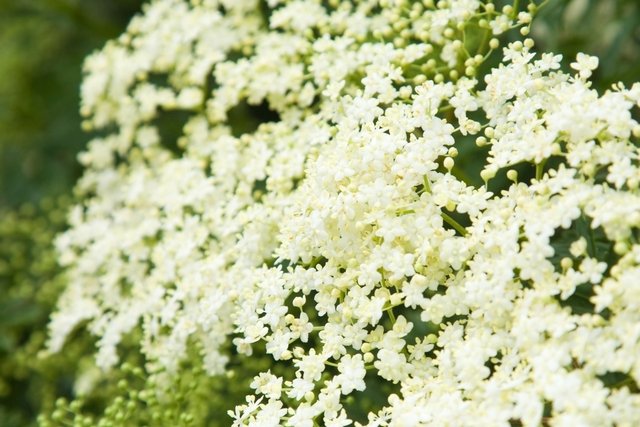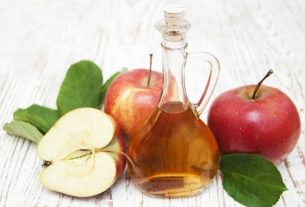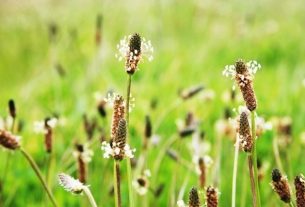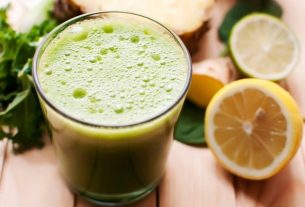Elderberry is a shrub with white flowers and black berries, also known as European elderberry, elderberry or black elderberry, whose flowers can be used to prepare a tea, which can be used as an aid in the treatment of flu or colds.
In addition to the flowers, other parts of the elderberry that can be used are the leaves or berries, from which substances with medicinal properties such as flavonoids, triterpenes and phenolic acids are extracted, with antioxidant, anti-inflammatory and antiviral action.
The scientific name of elderberry is Black Beautyand can be purchased in natural product stores, compounding pharmacies and in some street markets, and should be used under the guidance of a doctor or other health professional who has experience with the use of medicinal plants.

What is it for
Elderberry has antioxidant, anti-inflammatory, antiviral, expectorant, blood circulation and sweat production, healing and emollient properties, and is normally indicated for:
- Flu and cold;
- Fever;
- Cough;
- Rhinitis;
- Allergic symptoms;
- Sore throat;
- Wounds;
- Abscesses;
- Boils;
- Accumulation of uric acid;
- Kidney problems;
- Hemorrhoids;
- Hematomas;
- chilblains;
- Muscle or joint pain;
- Rheumatism.
Additionally, some studies show that elderberry helps prevent the cold sore virus from multiplying, reducing pain and swelling and improving wound healing.
Although it has health benefits, elderberry is not a substitute for conventional medical treatment and should only be used under the guidance of a doctor or herbalist.
How to use
Elderberry can be used in the form of tea, baths or poultices, prepared with the flowers or leaves of this plant.
1. Elderberry tea
Elderberry tea, prepared with the flowers of this medicinal plant, can be used for flu, colds, coughs, rhinitis or cold sores, for example.
Ingredients
- 1 tablespoon of dried elderflower flowers;
- 1 cup of boiling water.
Preparation mode
Add the elderflowers to the cup of boiling water and let it rest for 5 to 10 minutes. Strain, let it cool and drink the mixture 2 to 3 times a day.
Additionally, the tea can be used to gargle in case of a sore and irritated throat or in the presence of canker sores.
2. Elderberry bath
Elderberry bath is a great home remedy option for rheumatism, hematoma, muscle or joint pain, as it helps to reduce pain, inflammation and swelling.
Ingredients
- 80 g of elderberry leaves;
- 1 liter of water.
Preparation mode
Place the ingredients in a pan to boil for about 5 minutes. Then let it cool, strain and do local baths, twice a day.
3. Elderberry poultice
Elderberry poultice, prepared with the leaves of this plant, is a good home remedy option for boils, abscesses or wounds, for example.
Ingredients
- Fresh elderberry leaves.
Preparation mode
Crush fresh elderberry leaves and add a small amount of water. Then apply the leaves to the affected region.
There are also ointments with elderflower extract in the composition, which are indicated for the treatment of cracks caused by cold, bruises, hemorrhoids and chilblains.
Possible side effects
The most common side effects that may arise while using elderberry are nausea, vomiting or diarrhea.
Furthermore, elderberry fruits, if consumed unripe, uncooked or in excess, can have a laxative effect, causing severe diarrhea.
Who shouldn’t use
Elderberry should not be used by children, pregnant or breastfeeding women.
Furthermore, the elderberry stem, bark and leaves should not be ingested orally, as they can cause poisoning, due to the presence of lectin and cyanide in its composition.
Bibliography
- SERKEDJIEVA, J.; et al. Antiviral activity of the infusion (SHS-174) from flowers of Sambucus nigra L., aerial parts of Hypericum perforatum L., and roots of Saponaria officinalis L. against influenza and herpes simplex viruses. Phytotherapy Research. 4. 3; 97-100, 1990
- BARTAK, Michalina; et al. Antiviral and healing potential of Sambucus nigra extracts. Bionature. 5.3; 1264-1270, 2020
- PORTER, R. S.; BODE, R. F. A Review of the Antiviral Properties of Black Elder (Sambucus nigra L.) Products. Phytother Res. 31. 4; 533-554, 2017
- FINTELMANN Volker et al. Phytotherapy manual. 11th. Germany: Guanabara, 2006. 235-236.
- CURTIS, Susan et al. The medicinal herb recipe book. São Paulo: Dorling Kindersley, 2011. 104-105.

Sign up for our newsletter and stay up to date with exclusive news
that can transform your routine!
Warning: Undefined array key "title" in /home/storelat/public_html/wp-content/plugins/link-whisper-premium/templates/frontend/related-posts.php on line 12
Warning: Undefined array key "title_tag" in /home/storelat/public_html/wp-content/plugins/link-whisper-premium/templates/frontend/related-posts.php on line 13




